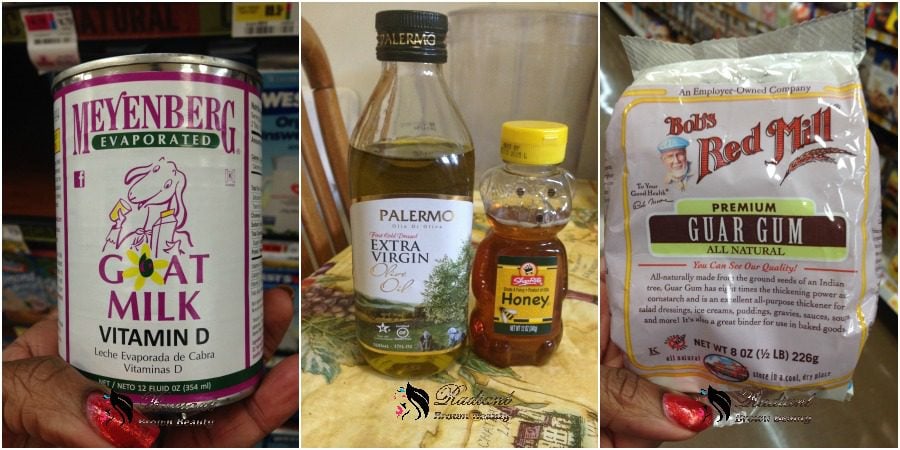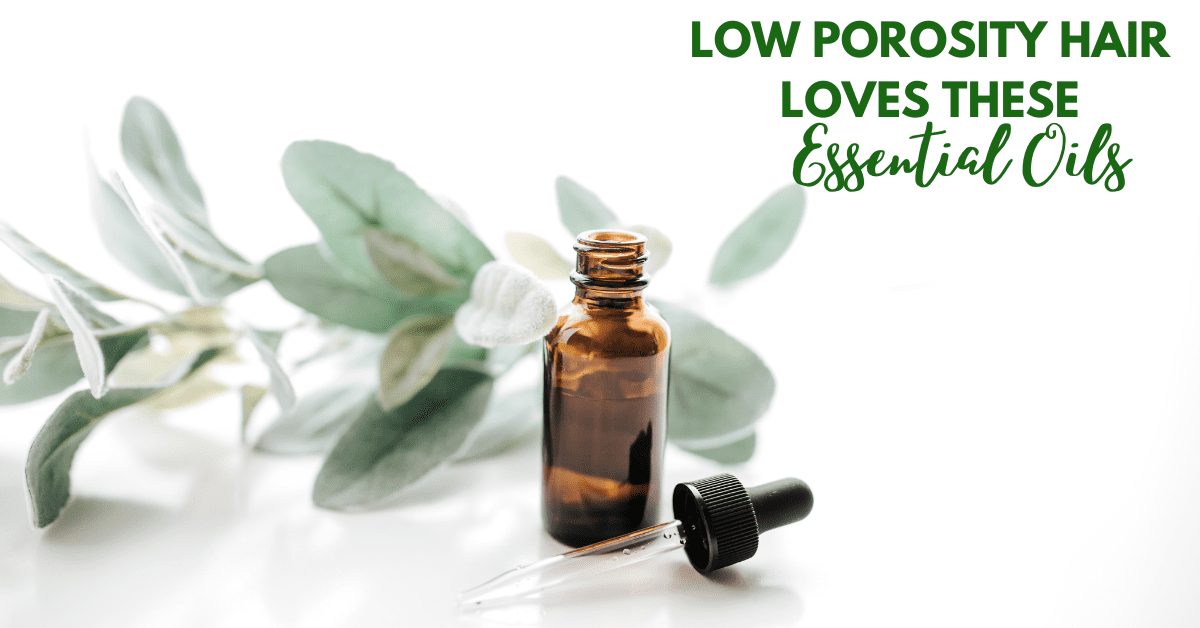How to Create an Herbal Wash Day Routine
Last updated on March 27th, 2024 at 12:53 pm
Stronger, more resilient hair is something that most people when deciding to switch to an all herbal wash day routine, are looking for.

For some, it can be intimidating to put away the conventional store bought products and start using nothing but herbs to care for your hair. It’s understandable. The best thing to do is start with using 1 or 2 herbs.
Henna was the very first herb I used. Then, I incorporated using Amla followed by Green Tea. Once I was comfortable with those three, I began to add more herbs to my routine.
Now, I follow a full fledge herbal wash day routine which typically includes:
- Amla
- Shikakai
- Henna
- Aloe Vera
- An herbal hair tea blend
So, now let’s take a look at my step by step herbal wash day routine. There’s four steps I take during the process and does not include styling: Pre-Poo, Cleansing, Strengthening, and Deep Conditioning.
Herbal Wash Day Routine – Steps
1- Pre-Poo
For me, this is the most important step before putting water to my hair. Amla is typically what I use to pre-poo with. I’ll often times mix it with other beneficial ingredients.
Here’s a demonstration:
2- Cleansing
I usually use an herbal cleanser or co-wash containing herbs like Neem or Shikakai. You can choose to make your own but it’s much easier to buy one (and still cost effective) that’s already made. Like this one:

When, I need to clarify, I’ll use one of the clays mentioned in my list of additional wash day herbs down below.
3- Strengthening
There’s two main ways I add strength to my hair with herbs:
- Full strength henna mask
- A hair gloss (using cassia, henna or another herb)
While strengthening is an important part of my herbal wash day routine, it’s not something that needs to be done every wash day. 1-2 times per month is when I’ll add this step.
When I do decide to use a strengthening treatment, it’s always followed with the next step of deep conditioning.
You’ll notice in the video that when I rinse out my deep conditioner, there’s also a bit of strengthening also taking place.
4- Deep Conditioning
Applying a deep conditioner is a critical step to getting a load of moisture into your strands. Yes, you get moisture during the wash cycle. However, that’s just the first step to opening your hair’s cuticles.
When deep conditioning, all of the moisture and beneficial nutrients in the conditioner are infused into the hair shaft for nourishment.
I deep condition with herbs in one of three ways:
- Using an all natural pre-mixed herbal hair mask
- Creating a DIY Hair Mask
- Using a pre-mixed herbal powder mask that needs to be mixed with distilled water, Aloe Vera juice, or a fresh ingredient like avocado.
More often than not, I use either the all natural pre-mixed herbal hair mask or a pre-mixed herbal powder that just requires some mixing. That’s typically because it’s most convenient. However, it is a bit more expensive.
After applying my deep conditioner, I always put on a plastic cap and either sit under my Hot Head microwavable conditioning cap or allow my head to generate heat.
When using the Hot Head, it’s a 30 minute process. Allowing my body to generate heat, I usually don’t wash out the deep conditioner for 2 hours.
When I’m done rinsing out my conditioner, I finish off with a hair tea rinse. This is the herbal hair tea I use.
Example of an Herbal Wash Day Routine – Video Demonstration
While some of the products used for deep conditioning have changed, most have remained the same. In this video, you’ll find a demonstration of me applying a cleanser and deep conditioner:
Where I Get the Herbs for My Herbal Wash Day Routine
I started out initially buying my herbs from Amazon. You’ll find the ones I purchased on my Amazon Shop here.
And, while I still buy from Amazon because they ship the fastest and I can get things in a pinch, I also get my herbs from Henna Sooq.
Additional Wash Day Herbs
From time to time, I’ll use one of these herbs in my hair regimen:
- Rhassoul Clay – This clay makes an awesome hair mask for detoxifying. I also use it with Bentonite clay to make a hair wash.
- Bentonite Clay – When I feel like my hair needs a little clarifying, I like to mix this with Rhassoul to make a clay wash
- Brahmi – This helps to calm the scalp and is usually mixed with Amla. I rarely use this herb.
- Bhringraj – Another herb that I rarely use in my herbal wash day routine but still have a bunch. It’s good for when the hair is shedding too much. I don’t find it necessary to use more often than that.
- Cassia – Similar to henna without a color stain I like to add some of this to a deep conditioner
- Hibiscus – This helps keep your hair soft when adding it to Henna. It also helps with itchy scalp.
- Fenugreek – I use the seeds to create a hair growth oil
- Zizyphus – This makes for a hair mask that helps restore uniformity to your curls. Henna Sooq sells a cleanser which makes it easier to use.
- Green Tea
I like to stock up when Henna Sooq does a good sale, which tends to happen throughout the year. 30% off and up gets my full attention!
Do you currently use herbs in your hair care regimen?








Most parents forget to moisturize their child s hair in between wash day. Adding moisture to your child s hair is very important. Depending on how dry the hair is, I usually moisturize my daughter s hair anywhere from once a week to 3-4 times a week. Moisturizing your child s hair is as simple as spritzing the hair with some water and applying oil. I also like to use a mixture of water and a water based leave in like Jane Carter Solution Revitalizing Leave-in.